In the world of construction, successful project execution hinges on the ability to create and execute a well-thought-out plan. A construction project plan serves as the backbone, ensuring that the project is completed on time and within budget. Achieving this level of precision requires a strategic approach, attention to detail, and effective communication. In this post, we will explore the main considerations for creating a construction project plan that delivers on its promises, both in terms of timelines and costs.

- Define Clear Objectives: Every construction project should begin with a clear understanding of its objectives. What is the purpose of the project? What are the client’s expectations? Defining these objectives in precise terms will help guide the planning process and set the stage for successful execution.

2. Assemble a Competent Team: A construction project is only as good as the team executing it. Assemble a team of experienced professionals, each with their own expertise, to ensure that the project is managed effectively. A competent team can identify potential issues early on and mitigate risks that could impact timelines and costs.

3. Comprehensive Project Scope: Clearly define the scope of work for your construction project. A detailed project scope will help prevent scope creep, ensuring that the project stays on track and within budget. Any changes to the scope should be documented and evaluated for their impact on time and cost.
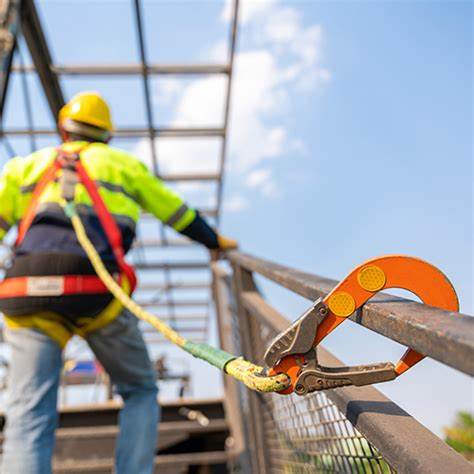
4. Risk Assessment and Mitigation: Identify potential risks that could disrupt the project schedule or increase costs. Develop a risk mitigation plan that outlines strategies for addressing these risks. This proactive approach can save both time and money in the long run.
5. Accurate Cost Estimation: Accurate cost estimation is critical to staying within budget. Consider all potential costs, including materials, labor, equipment, permits, and overhead. Use historical data and expert input to develop realistic cost estimates.
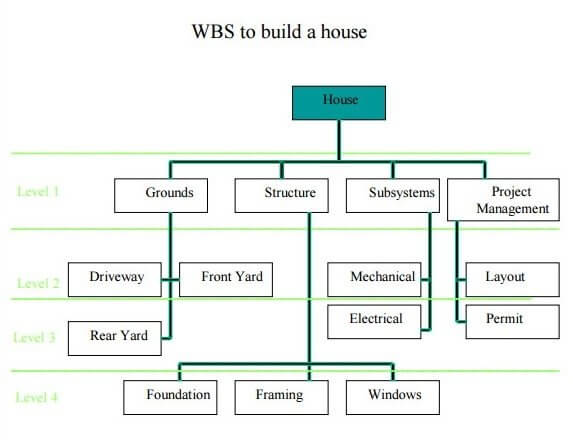
6. Detailed Work Breakdown Structure (WBS): Create a detailed work breakdown structure that breaks the project down into smaller, manageable tasks. This allows for better tracking and monitoring of progress. It also helps in allocating resources efficiently.
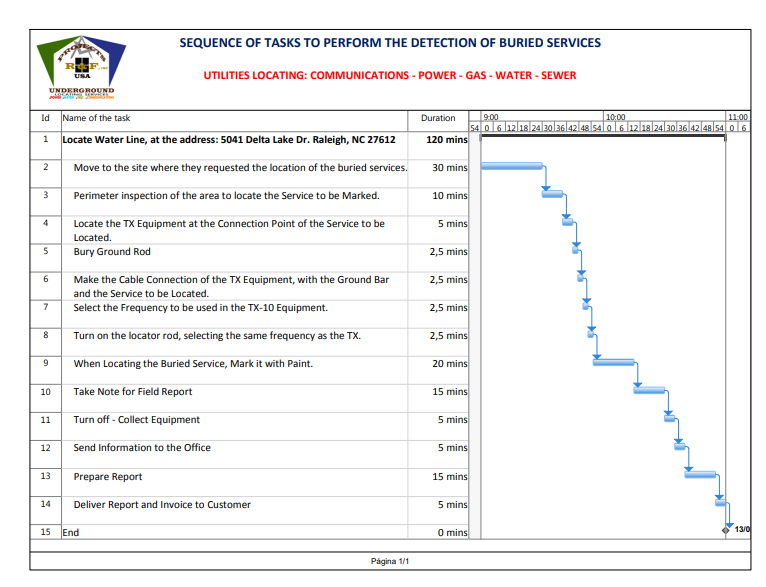
7. Critical Path Analysis: Identify the critical path of the project – the sequence of tasks that must be completed on time to ensure the overall project stays on schedule. By focusing on critical path activities, you can allocate resources and attention where they are most needed.

8. Resource Allocation: Allocate resources – both human and material – strategically. Ensure that resources are available when needed and that they are used efficiently. Avoid overloading certain resources, as it can lead to delays and increased costs.
9. Communication and Collaboration: Effective communication among team members, stakeholders, and subcontractors is essential. Regular meetings, progress reports, and open channels of communication help ensure everyone is on the same page and can address issues promptly.
10. Quality Control: Quality control should be integrated into the plan to avoid rework and delays caused by defects or subpar work. Implement quality checks at key stages of the project to maintain quality standards.
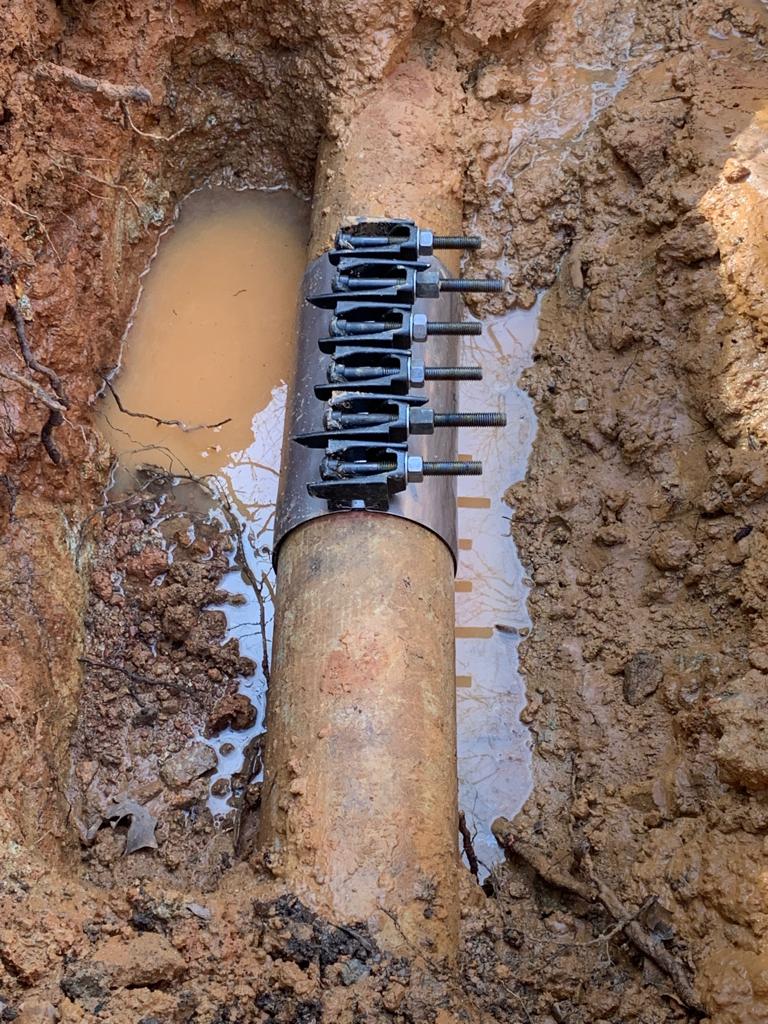
11. Contingency Planning: No plan is foolproof, and unexpected events can occur. Include a contingency plan in your project plan to address unforeseen issues without derailing the project schedule or budget.
12. Monitoring and Reporting: Establish a robust monitoring and reporting system to track progress against the plan. Key performance indicators (KPIs) should be monitored regularly to identify any deviations from the plan.
13. Adaptability: Construction projects are dynamic, and changes may be necessary. Build flexibility into your plan to accommodate changes while minimizing their impact on time and cost.

14. Client Engagement: Maintain open and transparent communication with the client throughout the project. Involve them in key decisions and keep them informed about progress, potential delays, and cost implications.
15. Lessons Learned: After project completion, conduct a thorough post-project review to identify areas for improvement. Document lessons learned to inform future projects and enhance planning processes.
Conclusion: A well-executed construction project plan is the foundation for achieving precision in both time and cost management. By considering these key factors and embracing a proactive approach to planning, construction professionals can increase the likelihood of delivering successful projects that meet client expectations, on time and within budget. With careful planning, effective communication, and ongoing monitoring, the road to construction project success becomes clearer and more attainable.
Remember that if you need a work team for buried service detection projects, contact us
- How To Find Gas Line?
- 4 Methods to Find Water Line Underground
- 5 Basic Septic Tank Considerations
- Know the Risk Level of Excavation Equipment for Buried Utilities
- 7 Questions to know if you Need a Private Utility Locator nearby
- Culture
- electrical
- Excavating Risks
- Experiences
- Leadership Development
- Lessons Learned
- Project Management
- Quality
- Risk
- Technology
- The Organization
- Uncategorized
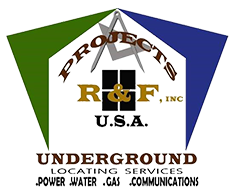
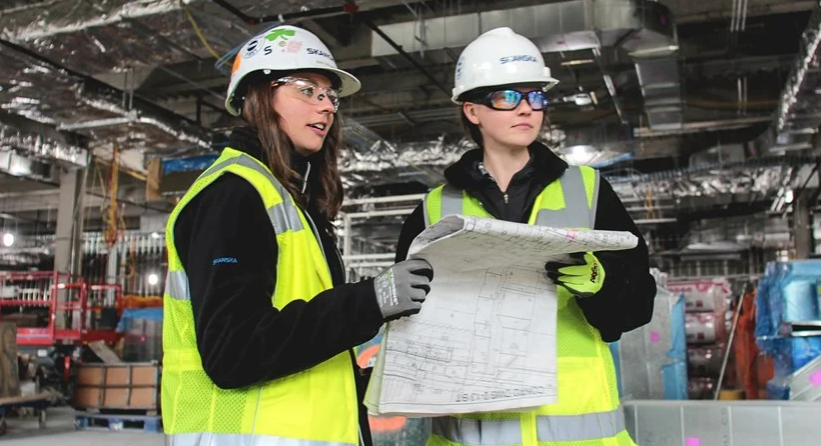
Leave a Reply